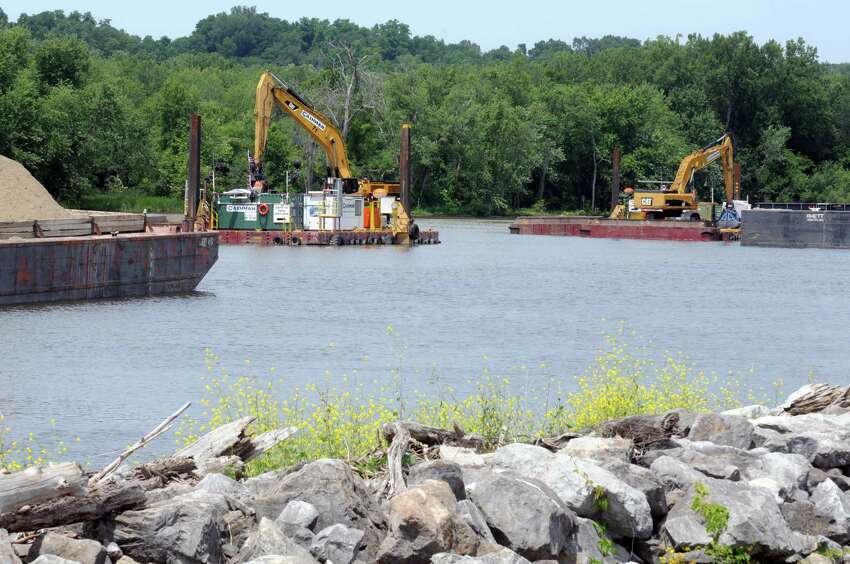

This pollution was not comprehensively assessed until the 1970s. These factories produced transformers, capacitors, and electric motors, which used PCBs as dielectric and coolant fluid. Numerous factories that once lined the Hudson River poured garbage and industrial waste directly into the river. Other ongoing pollution problems affecting the river include: accidental sewage discharges, urban runoff, heavy metals, furans, dioxin, pesticides, and polycyclic aromatic hydrocarbons (PAHs). Many lakes in the Hudson drainage basin are also listed. Hudson River tributaries with impaired water quality (not necessarily the same pollutants as the Hudson main stem) are Mohawk River, Dwaas Kill, Schuyler Creek, Saw Mill River, Esopus Creek, Hoosic River, Quaker Creek, and Batten Kill. The New York State Department of Environmental Conservation (NYSDEC) has listed various portions of the Hudson as having impaired water quality due to PCBs, cadmium, and other toxic compounds. Types of pollution and other environmental impacts Fish consumption advisories remain in effect. Įxtensive remediation actions on the river began in the 1970s with the implementation of wastewater discharge permits and consequent reduction of wastewater discharges, and sediment removal operations, which have continued into the 21st century. The federal government designated the contaminated portion of the river, 200 miles (320 km) long, as a Superfund site in 1984. Environmental activism nationwide led to passage of the federal Clean Water Act in 1972 and the Toxic Substances Control Act of 1976.

In response to this contamination, activists protested in various ways for instance, musician Pete Seeger founded the Hudson River Sloop Clearwater and the Clearwater Festival to draw attention to the problem.

Other kinds of pollution, including mercury contamination and cities discharging untreated sewage, have also caused problems in the river. Ongoing environmental disaster in the United States of America The Hudson River from the Poughkeepsie Bridgeīetween 19, General Electric polluted the Hudson River by discharging polychlorinated biphenyls (PCBs) causing a range of harmful effects to wildlife and people who eat fish from the river.


 0 kommentar(er)
0 kommentar(er)
